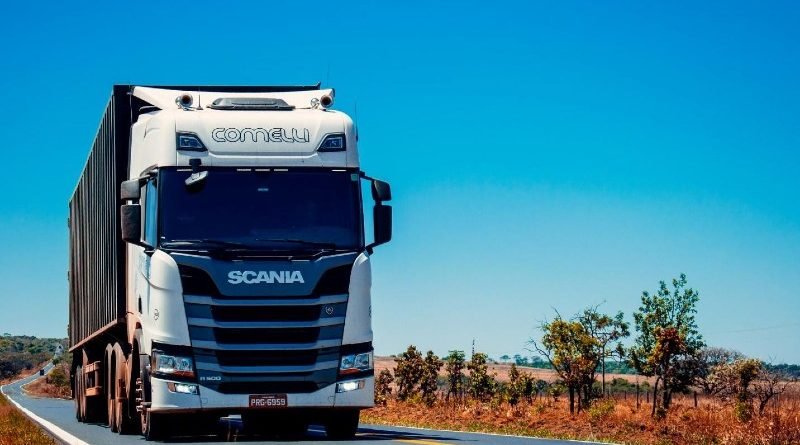Air brake systems for trucks and trailers
All vehicle types experience wear and tear after extended use. To keep them in perfect working condition, you must replace the damaged parts with genuine aftermarket parts.
Air brake systems for trucks and trailers are particularly susceptible to damage because they transport heavy goods over long distances with uneven terrain. Heavy-duty automobiles use air brakes. Keeping these components functional is vital by investing in high-quality replacement parts, such as actuators, controls, linings, and pads.
But why do trucks and buses use air brakes instead of regular units? Which components make them different? Read on to learn more about air brakes.
How do Air Brakes Work?
Air brakes work using compressed air instead of hydraulic brake fluid. Typically, these braking systems consist of drums, discs, or both.
A compressor mounted on the vehicle’s engine pressurises air and then pumps it into storage tanks. The compressed air remains stored until the braking system needs it.
Air brakes rely on air pressure to stop a moving vehicle. The system comprises several air circuits. Like hydraulic brakes, the air travels through these circuits to the brake pad when the driver steps on the brake pedal, stopping the truck.
Air Brake Components
Here are the most crucial air brake components.
Air brake system components like air brake hose, line and coils are crucial in any truck air brake system. Here we list some more air brake components below.
- Air compressor and governor –the compressor pumps air into the storage tanks for use by the braking system, with its governor regulating the amount of air in the tanks.
- Air storage tank – hold the air for use by the braking system.
- Brake chambers – a cylinder containing the slack adjuster.
- Brake pedal – when engaged, it triggers air movement through the circuit to stop the vehicle.
- Push rod – a piston that connects the brake chamber to the slack adjuster.
- Slack adjuster – the connector between the push rod and the brake shoe.
- Return spring – a spring that disengages the brake shoe when the driver takes the foot off the pedal.
The Advantages of Air Brakes
Most light and medium-duty trucks and buses from Japan use hydraulic brake systems with specialised wedge brake actuators. On the contrary, most manufacturers equip heavy-duty vehicles with air brakes.
Air brakes are more suited to handle the extra weight exerted by huge trucks and buses. They’re more reliable. In a hydraulic system, brake fluid leakage causes brake failure, which increases the risk of accidents.
Furthermore, heavy-duty vehicles carry heavy goods over long distances on uneven terrain. These trucks, buses, and trailers need brakes to withstand the heavier workload, particularly frequent braking that combines antilock and electronic braking systems (ABS and EBS). Air brakes can handle such tasks because they rely on compressed air stored in tanks. The braking system can access this air without interruptions, even in demanding situations.
Final Words
High-quality brakes allow the driver to stop a vehicle when needed. Conversely, substandard components increase the risk of brake failure, making accidents more likely. Accidents are devastating, as they can cause loss of life and property.
Investing in reliable aftermarket parts for trucks and buses is the best way to guarantee your fleet’s safety. Even if you don’t do the repairs, ensure that your mechanic uses components from a reputable manufacturer.
Besides lowering the risk of accidents, quality aftermarket parts give you peace of mind. Your vehicles will spend less time off the road, and you won’t use much money on repairs and replacements. These translate to higher profits.

